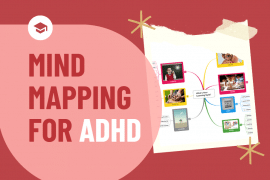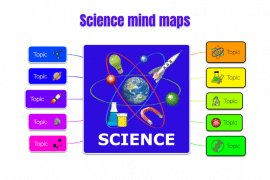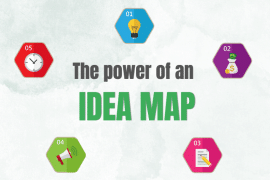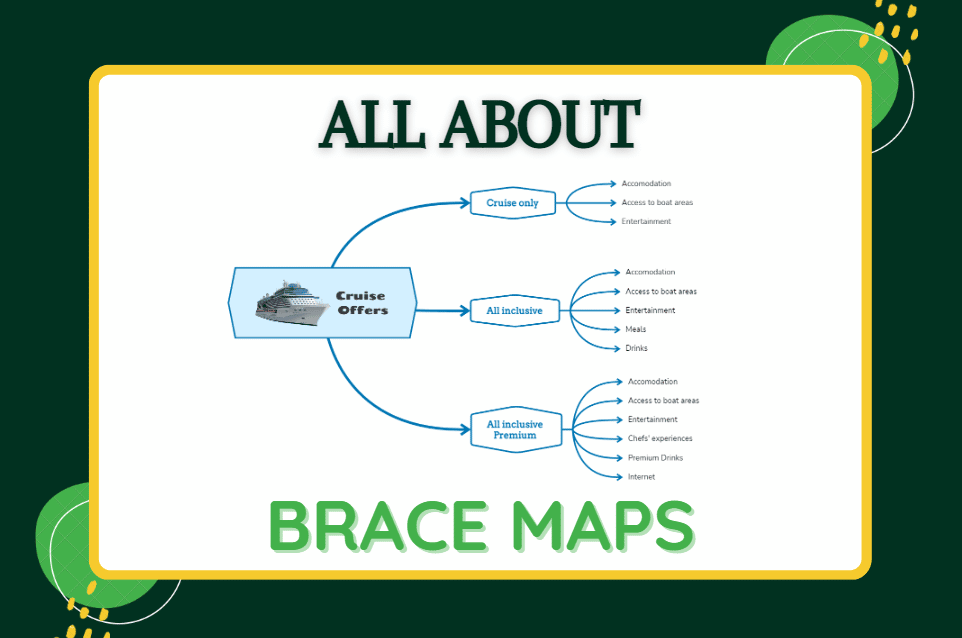
A brace map is actually known by another name called the Warnier Orr diagram, which was created by Kenneth Orr and Jean-Dominique Warnier back in 1976. It was a way of designing programs but from a different perspective. It’s hierarchical, where we start with the output and create the results.
Yet we’re working backward here to see what the inputs are to produce them. It’s since been commonly known as a brace map, and it’s about breaking down physical objects. It’s a type of thinking map that provides us with a different approach and perspective.
As with all thinking maps, it’s always best to collaborate where possible in a group setting. This helps to foster learning as well as helps out to fill out any type of thinking map.
In addition, it helps to build confidence in this group setting, which can lead to better critical thinking and brainstorming tactics. We’ll take a deeper look below into what a brace this kind of map is and how exactly you build one out. Before you know it, you’ll be using them daily.
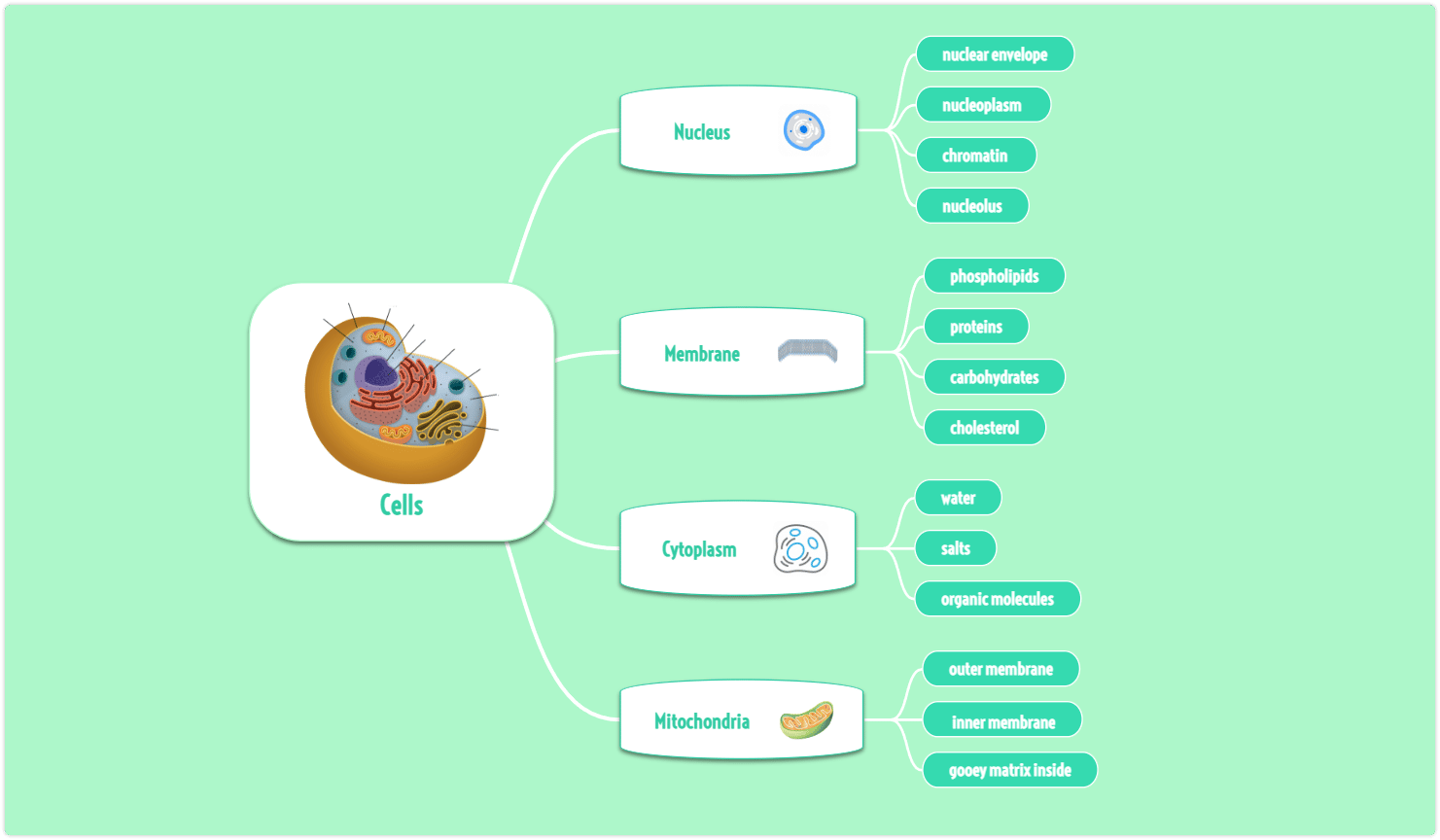
What is a brace map used for?
A brace map acts as an education mind map for understanding physical objects and their composition. These physical objects can be anything from a book to a plant and the exploration of its components. It gets students and businesses alike to dive deeply into this object and learn from it. With its roots in program structures, its aim is to take an unknown or complex object and demystify it.
Working with this map is one of many mind map examples necessary to learn. That’s because when completed, it becomes one of many reference pieces to grow one’s knowledge. When using the right brace map template, that reference can be revisited as necessary or expanded upon with new information.
Brace maps in an educational setting
We commonly first interact with a brace map template in an educational setting. It helps us with a breakdown of physical objects. At the same time, we can take these breakdowns and create new options. This type of learning helps to show interconnectivity and relationships. It’s always best to use students’ prior knowledge of the topic first to show memory retention before using references.
Otherwise, it doesn’t serve its purpose and is akin to filling out a form or paper as an assignment. That’s what’s best when using thinking maps, as it’s meant to explore what we already know. It also helps to promote meaningful learning, which helps students connect new knowledge with what they already know. It also helps with boosting retention levels as well. For example, using mind maps such as a brace map can help to boost retention by up to 15% versus conventional methods.
Brace maps in a business setting
We can then take this concept and take a more sophisticated approach. For example, we can look at a company’s physical product and break it down into its base components. Then, each component of the physical objects in the brace map can be referenced and priced. Knowing the price of each component opens up the opportunity to enable cost-reduction initiatives or material improvements.
How do you fill out a brace map?
Filling out this map is relatively easy. It’s made even easier when you’re using the right type of brace map template. That will help speed up the process, focus on the physical objects, and build out the brace map.
- You put the entire physical object on the left-hand side.
- From there, you build out brackets for the main components. The main components are what is the next level for items. This can be the materials that make up an item. It can be broken down by type as well.
- From here, we break down further each major part with smaller brackets. This is a breakdown of that specific major part up to a point. Remember, you can actually make this a separate brace map when it makes sense.
- We keep going towards the right to show the sub-components and the more minor pieces of the hierarchy.
You can round out the brace map by including a frame around it or additional notes. This can be a source of information, helping to round out the brace map as a reference data point. In addition, when you use the right diagram software, you can build multiple brace maps on the same page. This can help with referencing numerous related physical objects all in one place.
The brace map is complete when there are no more relevant components related to the physical objects. That means we don’t need to go down to the elements or atoms of every physical object. When the total relevance is established, it can end.
If your brace map is starting to appear overly complicated, it loses its efficacy as an education mind map. As with all mind map examples and thinking maps especially, you want to keep it as simple and related as possible. Let’s take a quick example below:
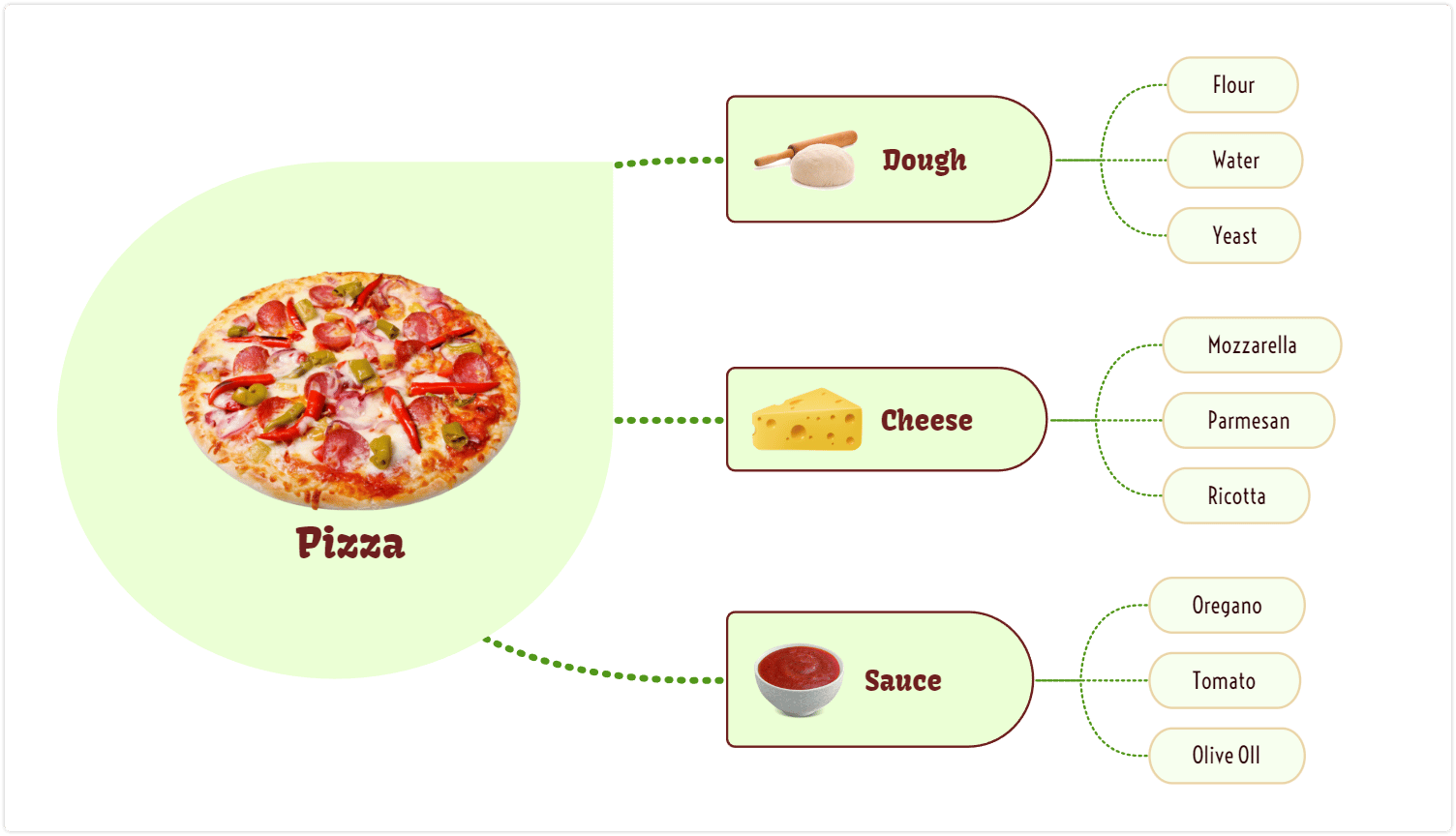
Make sure to work with digital software
While you can build out a brace map by hand, just like any thinking map at the start, you don’t need to. It’s best to use diagram software so you can quickly set up brace map templates and collaborate in the most ideal way possible. An excellent option for diagram software with brace map features is Mindomo. There are numerous templates for many thinking maps, and not just brace maps. You can also build out a brace map template easily on your own.
You can use the numerous predefined options of mind map templates currently available. Mindomo always starts out and can stay free, so it’s always up to you and your demands. It scales as you need it to and helps to provide unique digital mind map options you haven’t seen before.
Whenever you’re ready to map your next brace map or digital mind map, you can check out Mindomo here.
Keep it smart, simple, and creative!
The Mindomo Team



